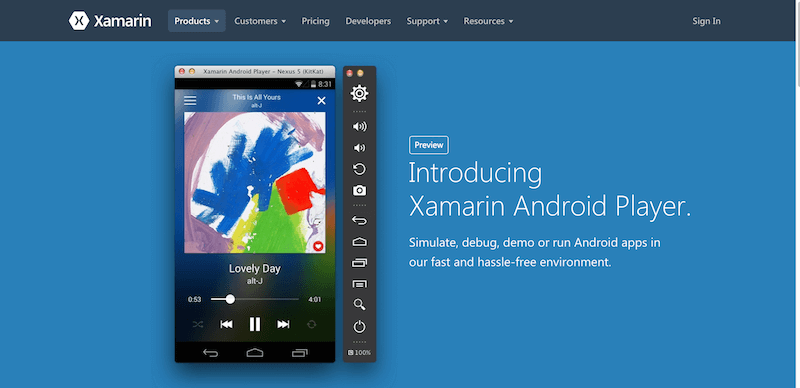- Mac Os Android Simulator
- How To Run Android Studio Emulator On Virtual Machine
- Run Android Emulator On Remote Machine
- Run Android Emulator On Mac Computer
Ever wanted to run an Android emulator on your computer? Maybe you're a developer trying to test out an application, or perhaps you're just trying to play your favourite mobile game on the big screen. Whatever the reason, if you're in the market for an Android emulator, you're spoilt for choice.
So which one should you download?
BlueStacks App Player is probably the most popular emulator for running Android apps on Mac. It is available for both Mac and Windows. It creates a virtual copy of Android OS apps on the guest OS. It uses the unique 'LayerCake' technology that allows you to run android apps on your PC without any external Virtual Desktop Application. With these Android Emulator For Mac, you can run apps for android, play games, and do pretty much anything like the Android device can (barring phone calls, obviously). Those are just the three.
BlueStacks

BlueStacks is widely regarded as the best and most comprehensive Android emulator you can get. Not only does it work on both Mac and PC, but it also allows you to run multiple games simultaneously and has passed the EU's General Data Protection Regulation (GDPR) certification, so you know your data isn't at risk.
It's fast and boasts a community of more than 500 million gamers, which says it all, really.
Price: Free
OS: PC and Mac
Android Studio Emulator
You can't talk about Android emulators without talking about the brand's own emulator on Android Studio.
This is the program designed to help you build and code apps specifically for the Android OS, so it only makes sense that it also includes an emulator, right?
Android Studio Emulator is mostly for testing apps, usually ones you've built within the program. You can simulate phone calls, texts, access the Google Play store and perform most tasks you can do on an Android mobile device.
Price: Free
OS: Mac and PC
READ MORE
LDPlayer:
LDPlayer is an Android emulator specifically designed for peak gaming performance. Unlike BlueStacks, it's exclusive to PC (sorry Mac users) but what it lacks in cross-platform functionality, it makes up for with high frames per second (FPS) and graphics support.
In addition to games, you can also use LDPlayer for popular mobile apps like TikTok and Instagram, though they both have websites now.
Price: Free
OS: PC
Mac Os Android Simulator
ARChon
Unlike the other Android emulators, ARChon runs as a Google Chrome extension and allows you to run the emulator within a browser window, which is handy if you only need it momentarily but don't want to download a whole program.
It's not the easiest emulator to get running, but it works in a pinch if you need to get something sorted on a computer that isn't yours, or if you don't have enough data to download another emulator.
Price: Free
OS: PC and Mac
How To Run Android Studio Emulator On Virtual Machine
The purpose of this section is to guide you to create in your development environment an Android emulator.
Android emulators are managed through a UI called AVD Manager
AVD Manager has a nice interface when started from Android Studio.
Start Android Studio app, then create a blank project.
Go to the Tools menu -> :Android -> AVD Manager:
If no emulator has been created you should start with this screen:

Click the Create Virtual Device button.
In the Select Hardware window , select Nexus 5 as shown in the following snapshot:
Click the Next button.
In the System Image, select the system image Nougat, API Level 25 , ABI x86 :
Click on the download link to download the selected System Image. This download process is done through SDK Manager.
Once the download is complete, click on the Next button.
In the Verify Configuration window, check any parameter :
Then click on the Finish button.
AVD Manager shows you the newly created device:
Run Android Emulator On Remote Machine
Click on the launch button to launch the newly created AVD in the emulator.
Notice in the Run Window of Android Studio the command line used to start the device:
which can be shortened to :
How to start Android Emulator from Terminal?
Stop the emulator started by Android Studio. Open the Terminal app and type the following command:
This should start the emulator with the selected AVD.